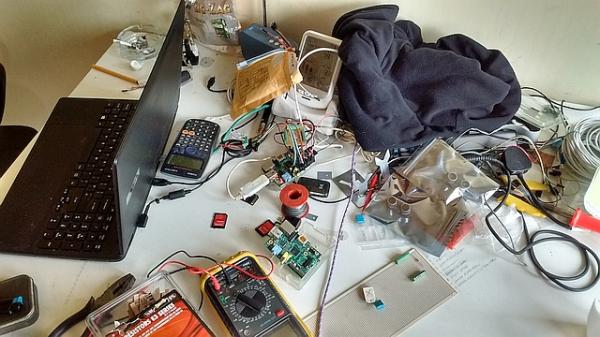| Home |
| Green Building Bible, Fourth Edition |

|
These two books are the perfect starting place to help you get to grips with one of the most vitally important aspects of our society - our homes and living environment. PLEASE NOTE: A download link for Volume 1 will be sent to you by email and Volume 2 will be sent to you by post as a book. |
Vanilla 1.0.3 is a product of Lussumo. More Information: Documentation, Community Support.
1 to 16 of 16

 ). It looses all the indents when pasted as just text, how do you do that HTML formatting code thingy?
). It looses all the indents when pasted as just text, how do you do that HTML formatting code thingy?
#!/usr/bin/python
import serial, time, datetime
while True:
#Open the USB Serial port
cc128 = serial.Serial("/dev/ttyUSB0", 57600, timeout=6)
#Read the USB Serial port
text = cc128.readline()[:]
#Splits up the data
length = len(text)
if len(text)==166:
dsb = text[32:37]
time = text[49:57]
temperature = text[70:74]
sensor = text[89:90]
sensorID = text[103:108]
ch1 = text[139:144]
ch2 = text[170:175]
ch3 = text[201:206]
#Sort out the time format
timestamp = datetime.datetime.now().strftime ('%d/%m/%Y %H:%M:%S')
#Opens and writes to the text file where the data is stored
tfile = open("/home/homemonitoring/homemonitoringdata/ccdata.csv", "a")
tfile.write("%s"%timestamp + ",%s"%length + ",%s"%dsb + ",%s"%time + ",%s"%temperature + ",%s"%sensor + ",%s"%sensorID + ",%s"%ch1 + ",%s"%ch2 + ",%s"%ch3 + "\n")
tfile.close()
# time.sleep(6)

Posted By: Ed DaviesWhat I'd really like would be to have an outdoor temperature sensorWhy not just pull the data off WeatherUnderground?
Posted By: cjardI just need connectable hardware.Have a look at OpenEnergyMonitor.org Don't be put off by the headline cost, you can do it cheaper by just buying the bits and not the ready to go Pi based system.
1 to 16 of 16